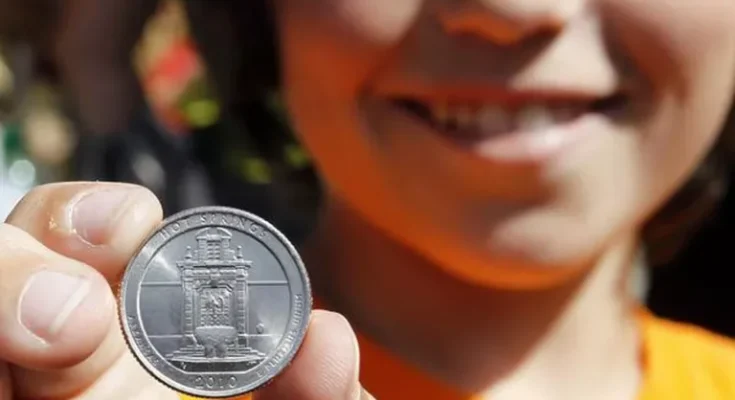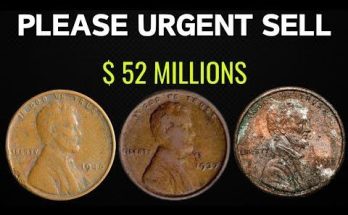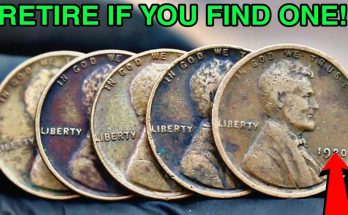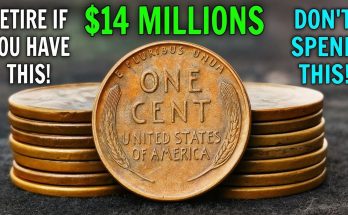This is not as difficult as it may seem. Make a habit of looking at your coins. If you know what an everyday coin looks like, you are more likely to notice when one is a little different. Set aside those that look different until you have time for a closer examination.
It’s not likely you have a $1 million coin in your pocket, but if you were given a collection, some of those coins might have significant value. (If you have a complete set, they may be worth more together.) To determine this, says Rod Gillis, the education director at the American Numismatic Association, “You have to look through every one of them.”
Here’s how to investigate, learn what coins are wanted by collectors, and what to do if you find a coin of value.
Consult the ‘Coin Bible’
The annual A Guide Book of United States Coins is known in collecting circles as the “Red Book.” This book can give you a ballpark figure of what your coins are worth.
Gillis describes it as “sort of the bible of United States coins. There’s probably no serious collector out there that does not have a copy,” adding that it’s available in both hardcover and spiral bound forms, with the latter being less expensive and easier to use. The Red Book, he says, “lists the average retail price of every United States coin, based on grade. [It] gives you a really basic idea of how to look for particulars for technical grading, and is written in a way that you don’t have to be numismatically savvy to understand it.”
It’s important to note that the book provides retail values, not wholesale, which is what dealers would typically pay.
Look for Errors
Even slight differences can make a coin more valuable than its face value. Look for die cracks and missing elements. Pay special attention to the words and edges of images. Look for strike mistakes such as doubling, cracks or missing sections.
Tilting the coin in the light may pick up errors you don’t see head-on. Flip the coin from top to bottom. The reverse side should be right-side-up. Those that are “out of rotation” are slightly more valuable than “perfect” coins.
Check the edge. Does it have appropriate edges, or for those with words on the edge, are they all there? There are known errors in coins of certain types and years. Become familiar with these common errors to help you quickly identify them.
Look at Mint Marks
For most U.S. coins, this will be on the obverse (or head side) of the coin, but certain older coins have the mint marks on the reverse. Coins minted in Philadelphia often lack a mint mark. Some coins were produced at some mints but not others, or may have been made in varying quantities. Where a coin was minted sometimes greatly influences its value.
Here’s an alphabetical breakdown of the U.S. Mint locations, dates and mint marks used:
Look for Fakes
For particularly rare coins, such as double-headed or double-tailed coins, consider whether it might be a fake. Look to see if there is any sign that two coins have been joined. While not common (or legal), it is possible to grind down one side of a coin and attach it to another to create a double-headed coin. Also known as “magician’s coins,” these are interesting and unique, but not valuable.
Do Your Research
There are no shortcuts. You have to learn about each coin individually. “The three variables that determine the value of a coin are: how many were minted, the grade or condition of the coin, and the demand,” Gillis said. When asked which is most important, he says, “probably the mintage number if I had to choose one of the three.”
Gillis says the organization often gets calls from people who are ready to retire and want to sell their coins. “They have a coin that they think is very rare, and we generally have to bring them back to reality,” he said. “They’re not nearly as happy when they hang up as when they initially call us.”



